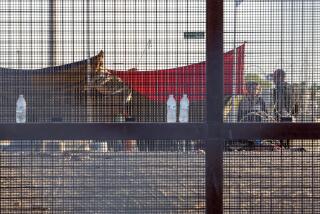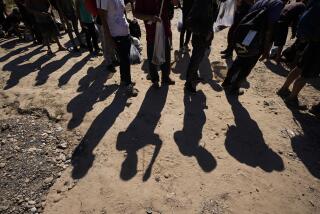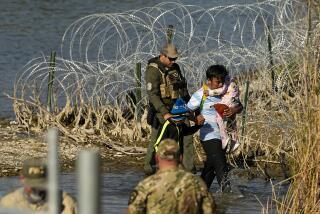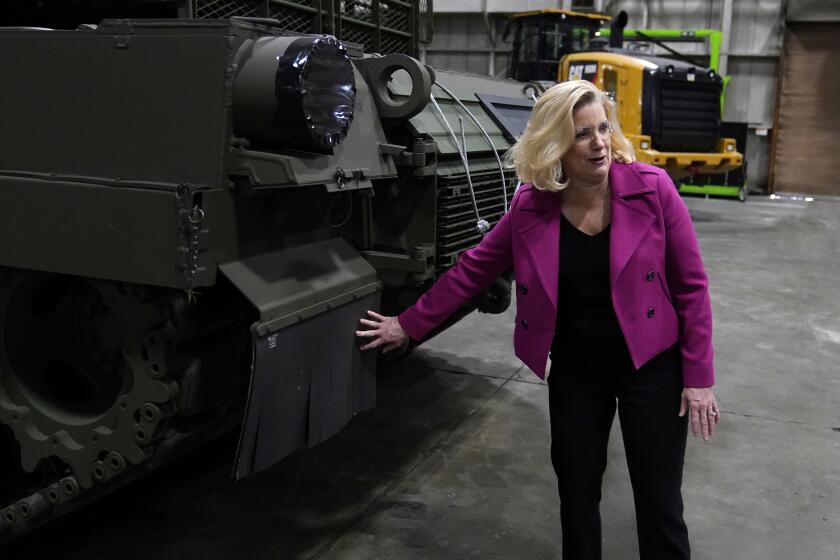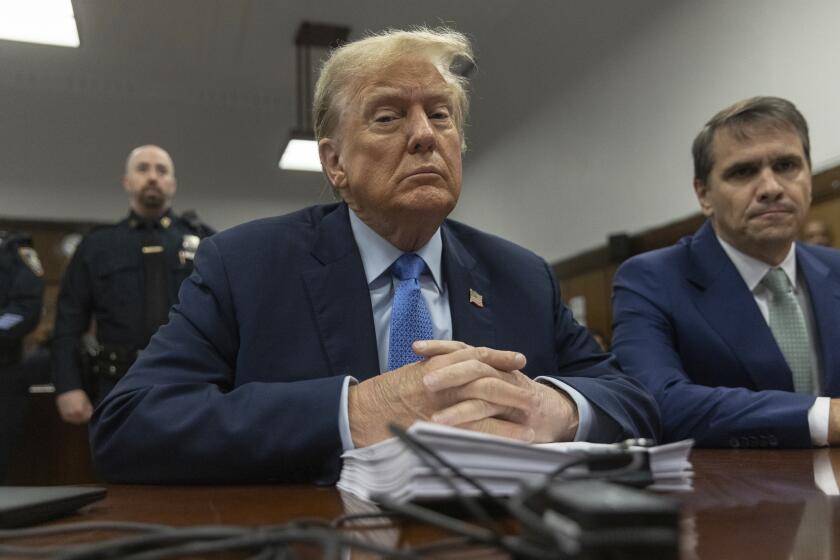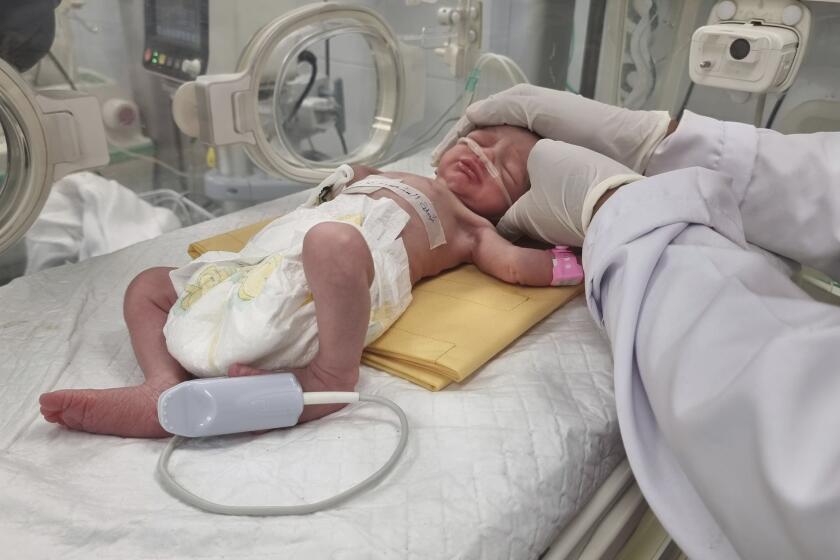Judge in Arizona orders Border Patrol to improve detention conditions
A federal judge in Tucson has ordered the Border Patrol to improve conditions at its holding facilities in most of the state, saying the agency was not following its own standards by keeping migrants in crowded, cold cells without proper bedding.
Judge David Bury issued the temporary order Friday requiring the Border Patrol’s Tucson sector to provide clean mats and thin blankets to migrants held for longer than 12 hours and to allow them to wash or clean themselves.
Bury said plaintiffs presented persuasive evidence that basic human needs of migrants were not being met.
The case was brought last year by the ACLU, the law firm Morrison and Foerster, and immigrant rights organizations on behalf of migrants who say the Border Patrol’s holding facilities in Arizona are unsanitary, extremely cold and inhumane. Migrants regularly call holding cells “hieleras,” Spanish for “freezers.”
“We believe that the conditions were so below par that when you have people, whether it’s two nights or one night sleeping on the floor, that is just below any constitutional standards or norms of decency,” ACLU senior counsel Dan Pochoda said.
Bury issued the temporary injunction after a hearing earlier this week at which both parties made arguments.
The Border Patrol has defended its practices and said it’s committed to the safety, security and welfare of detainees.
It maintains that it provides migrants with basic human needs in accordance with its own policies, and that agents provide medical care, warmth, sanitation, food and water, and allows detainees to sleep.
But photos released this year after a legal battle by the government to keep them under seal show men jammed together under a thin thermal blanket and a woman using a concrete floor strewn with trash to change a baby’s diaper. Other photos show rusty toilets, dirty toilet paper on the floor and a malfunctioning water fountain in detention areas.
The cells shown in the images are designed to provide short-term shelter for detainees until they can be processed, the agency said. Migrants are usually deported or transferred to the custody of U.S. Immigration and Customs Enforcement, which has long-term detention centers.
ALSO
Unscrupulous attorneys prey upon immigrants held in federal detention, advocates say
Meet the new think tank in town: ‘Alt-right’ comes to Washington to influence Trump
Obama administration bans Arctic offshore drilling through 2012. But will Trump reverse it?
More to Read
Start your day right
Sign up for Essential California for news, features and recommendations from the L.A. Times and beyond in your inbox six days a week.
You may occasionally receive promotional content from the Los Angeles Times.
